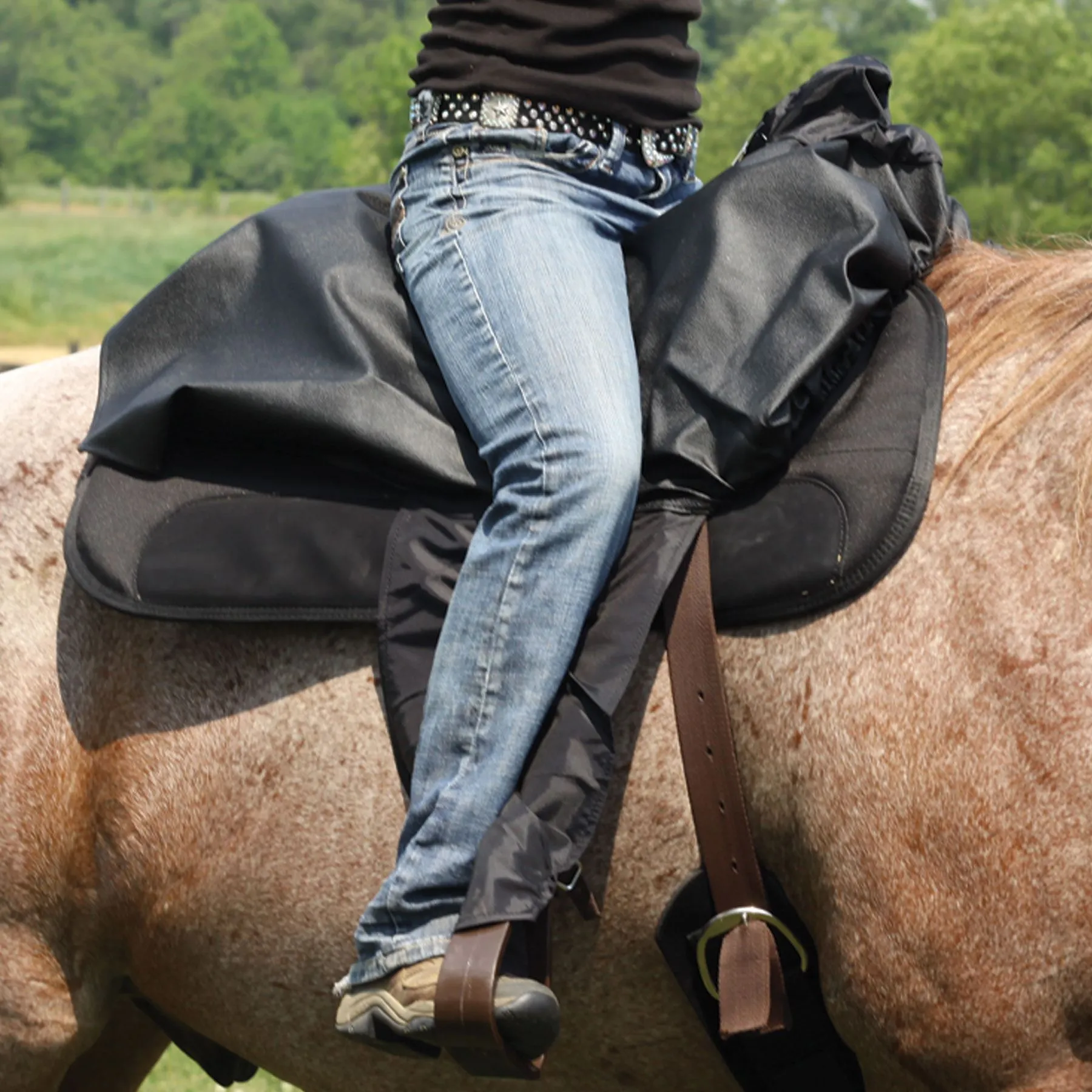Weather Protection Strategies for Horse and Rider

Ensuring both horse and rider are protected from adverse weather conditions is crucial for safety, comfort, and performance. This article explores effective strategies to shield against various weather elements, including rain, wind, cold, and heat.
Understanding Weather Challenges
| Weather Condition | Challenges for Horse | Challenges for Rider |
|---|---|---|
| Rain | Wet coat, cold, skin infections | Wet clothing, reduced grip, discomfort |
| Wind | Chill, anxiety, dust exposure | Wind chill, distraction, cold extremities |
| Cold | Hypothermia risk, stiff muscles | Hypothermia, numbness, reduced dexterity |
| Heat | Dehydration, heat stress | Heat exhaustion, sunburn, fatigue |
Protective Gear for Horses
- Waterproof Blankets and Sheets: Use breathable, waterproof blankets to keep horses dry without overheating.
- Fly Sheets and Masks: Protect against insects during warmer months.
- Leg Wraps and Boots: Shield legs from mud, cold, and injury.
- Proper Grooming: Regular grooming removes mud and sweat, preventing skin issues.
Protective Gear for Riders
- Waterproof Jackets and Pants: Invest in high-quality, breathable rain gear.
- Layering: Use moisture-wicking base layers, insulating mid-layers, and windproof outer layers.
- Gloves and Hats: Protect extremities from cold and sun.
- Sun Protection: Use sunscreen and UV-protective clothing.
Practical Tips for Weather Protection
- Pre-Ride Checks: Assess weather forecasts and prepare accordingly.
- Hydration: Ensure both horse and rider have access to water.
- Shelter: Provide access to shelter during extreme weather.
- Adjust Riding Schedule: Avoid peak heat or cold times.
FAQ
Q1: How often should I check my horse’s blanket during rain?
A: Check at least twice daily to ensure it remains dry and properly fitted.
Q2: Can horses get sunburned?
A: Yes, especially those with light-colored coats or sensitive skin; use protective sheets or sunscreen.
Q3: What signs indicate my horse is too cold?
A: Shivering, lethargy, and stiff movements are common signs.
Q4: How can riders prevent heat exhaustion?
A: Stay hydrated, wear breathable clothing, and take breaks in shaded areas.
By implementing these strategies, both horse and rider can enjoy safer, more comfortable rides regardless of the weather conditions. Proper preparation and the right equipment are key to effective weather protection.
